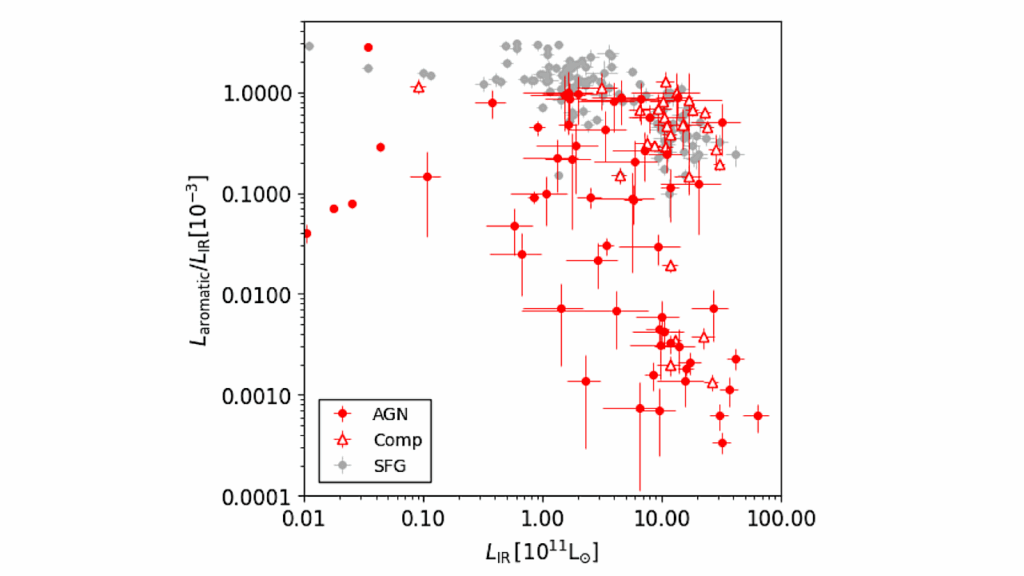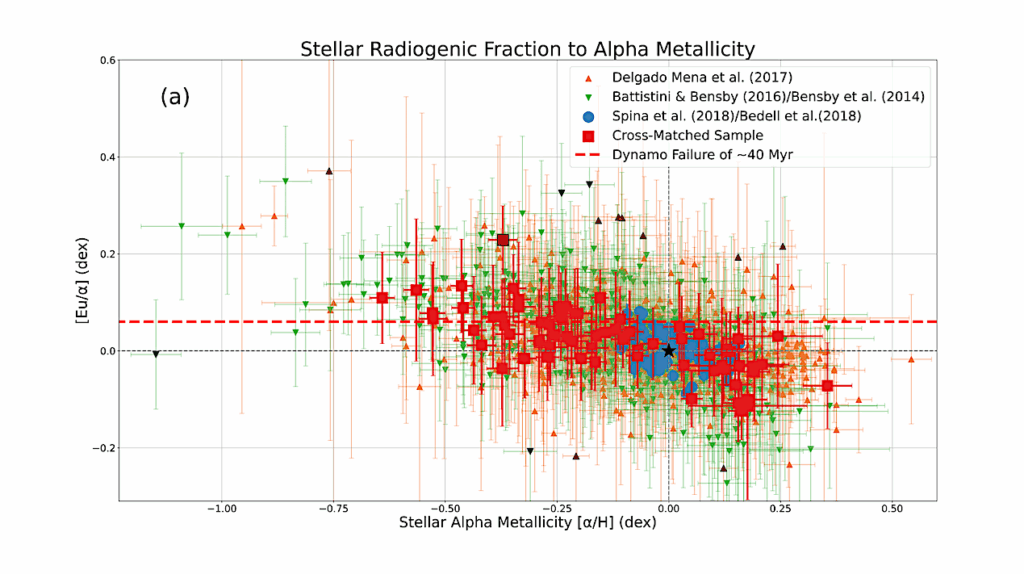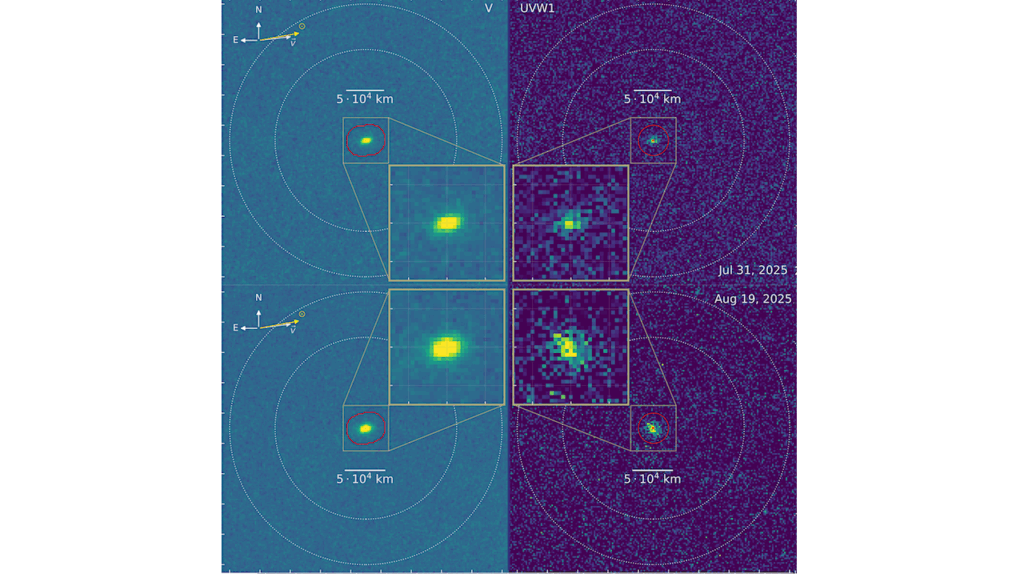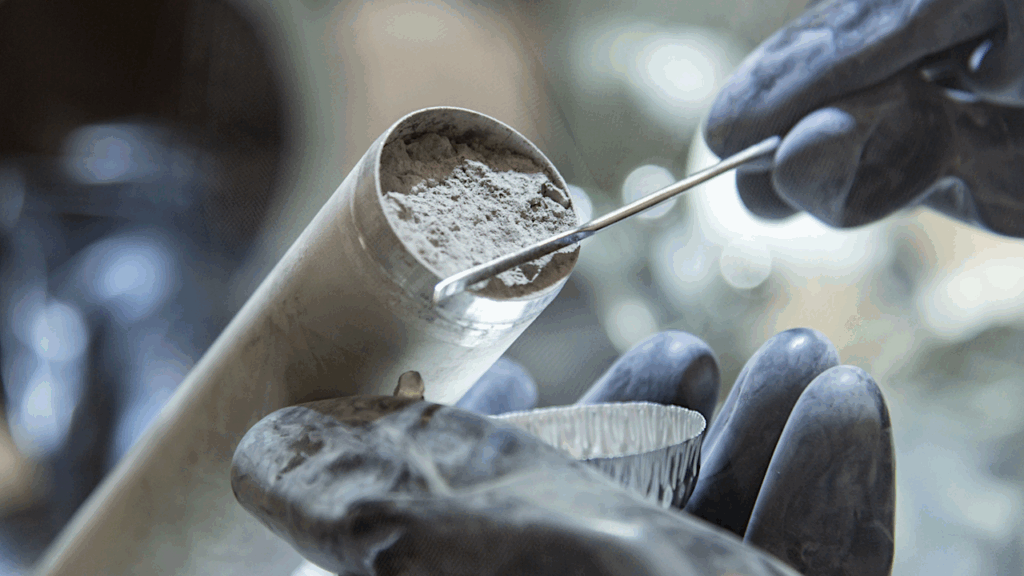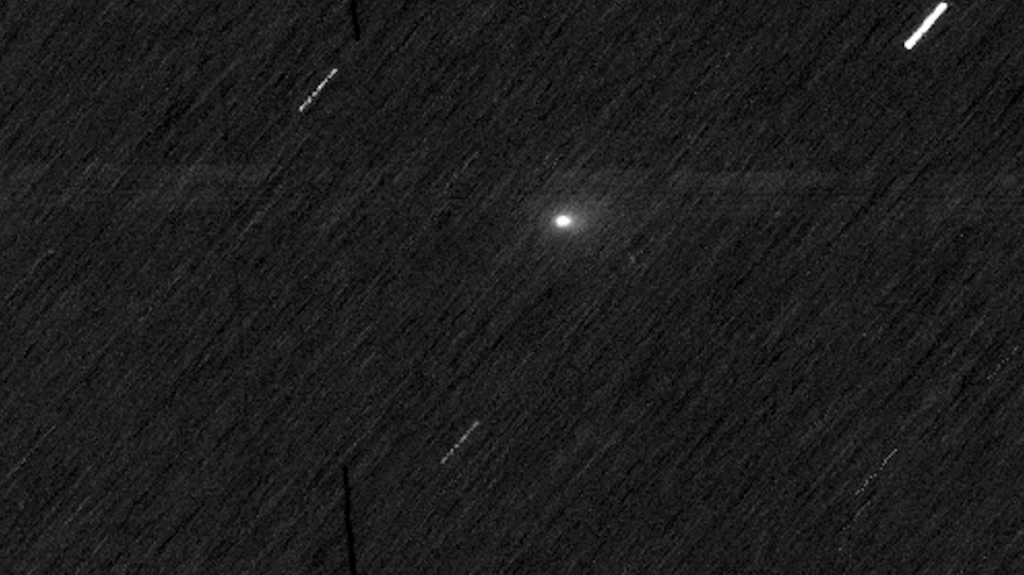Exploring Refractory Organics In Extraterrestrial Particles

The origin of organic compounds detected in meteorites and comets, some of which could serve as precursors of life on Earth, still remains an open question.
The aim of the present study is to make one more step in revealing the nature and composition of organic materials of extraterrestrial particles by comparing infrared spectra of laboratory-made refractory organic residues to the spectra of cometary particles returned by the Stardust mission, interplanetary dust particles, and meteorites. Our results reinforce the idea of a pathway for the formation of refractory organics through energetic and thermal processing of molecular ices in the solar nebula.
There is also the possibility that some of the organic material formed already in the parental molecular cloud before it entered the solar nebula. The majority of the IR “organic” bands of the studied extraterrestrial particles can be reproduced in the spectra of the laboratory organic residues.
We confirm the detection of water, nitriles, hydrocarbons, and carbonates in extraterrestrial particles and link it to the formation location of the particles in the outer regions of the solar nebula. To clarify the genesis of the species, high-sensitivity observations in combination with laboratory measurements like those presented in this paper are needed. Thus, this study presents one more piece of the puzzle of the origin of water and organic compounds on Earth and motivation for future collaborative laboratory and observational projects.
Alexey Potapov, Maria Elisabetta Palumbo, Zelia Dionnet, Andrea Longobardo, Cornelia Jäger, Giuseppe Baratta, Alessandra Rotundi, Thomas Henning
Comments: accepted for publication in ApJ
Subjects: Earth and Planetary Astrophysics (astro-ph.EP); Astrophysics of Galaxies (astro-ph.GA)
Cite as: arXiv:2207.02537 [astro-ph.EP] (or arXiv:2207.02537v1 [astro-ph.EP] for this version)
https://doi.org/10.48550/arXiv.2207.02537
Focus to learn more
Submission history
From: Alexey Potapov
[v1] Wed, 6 Jul 2022 09:35:12 UTC (1,630 KB)
https://arxiv.org/abs/2207.02537
Astrobiology, Astrochemistry


